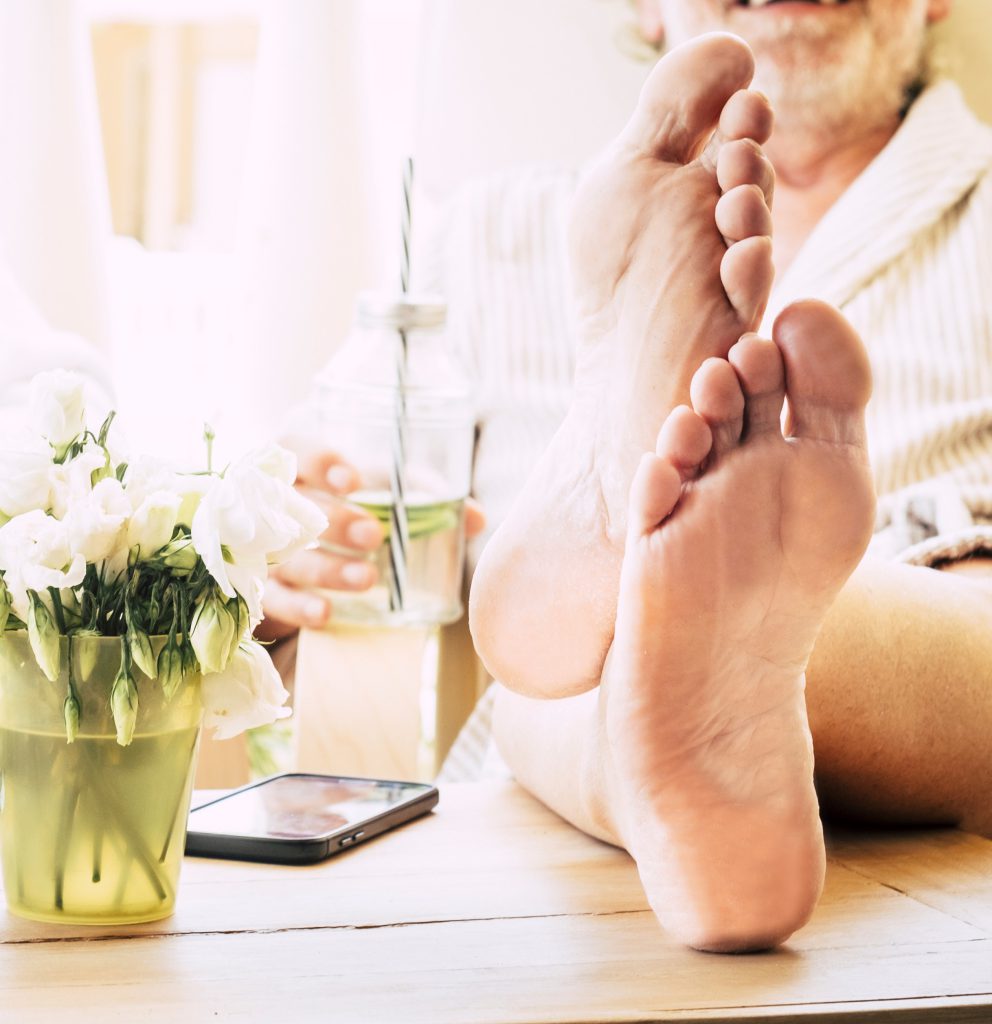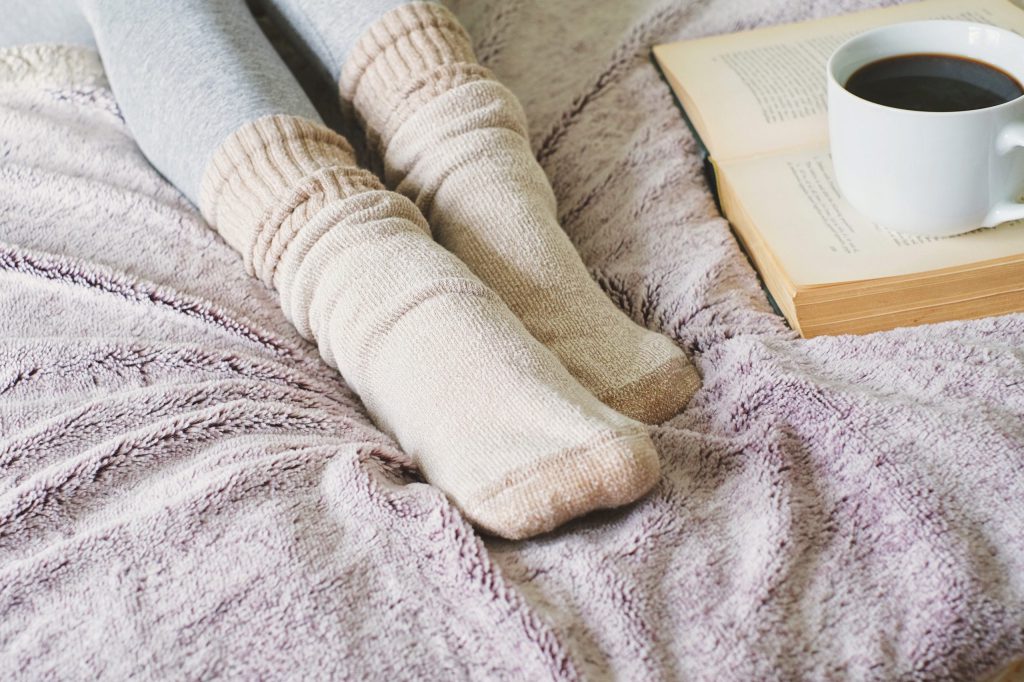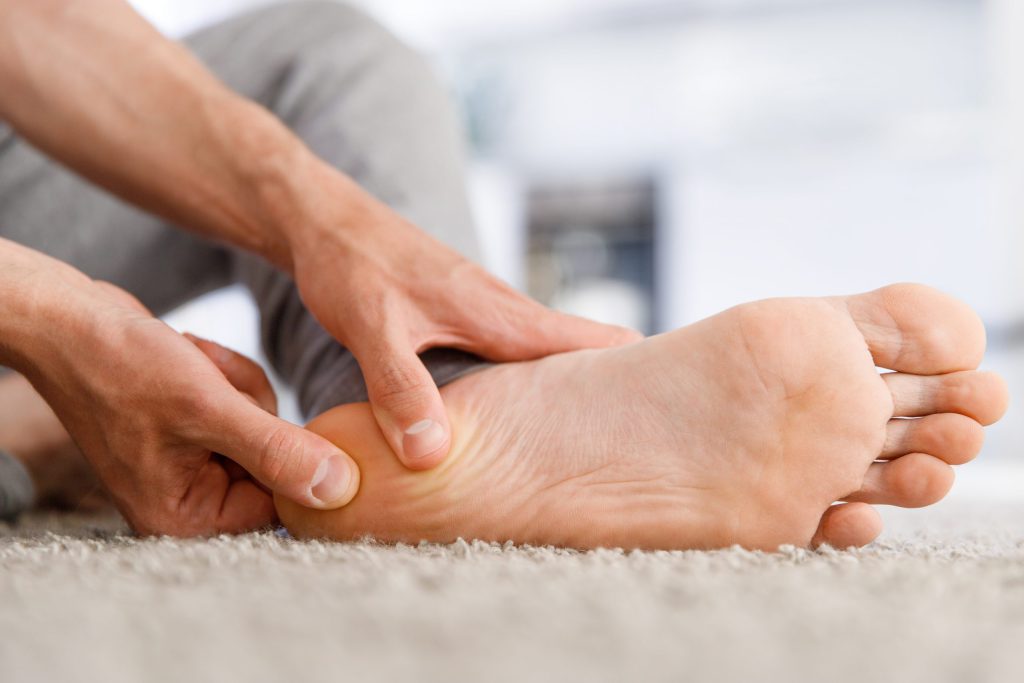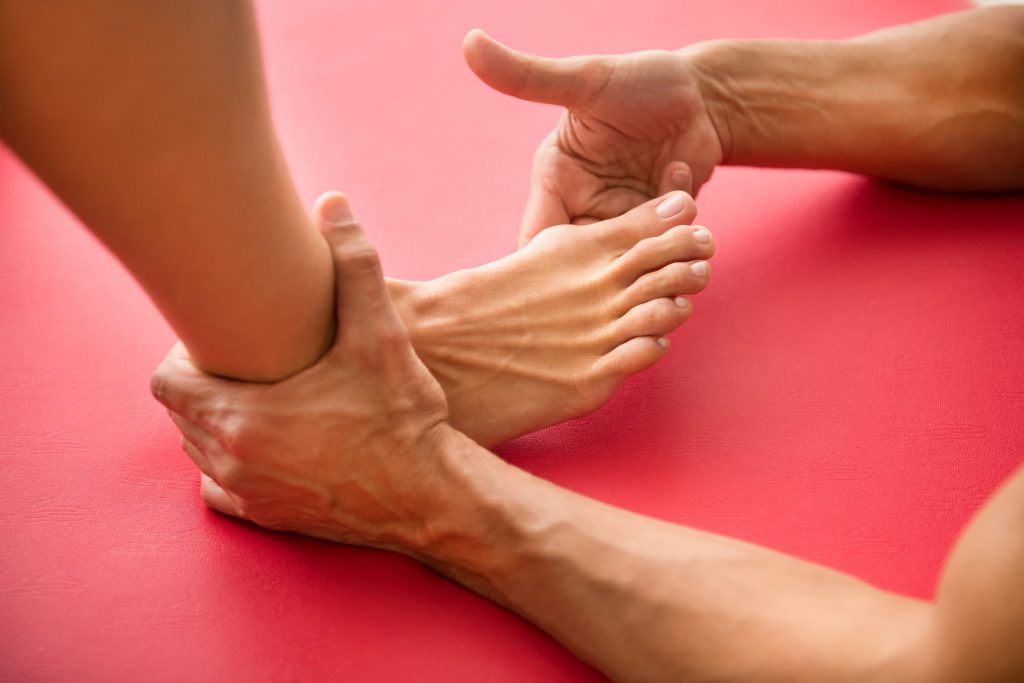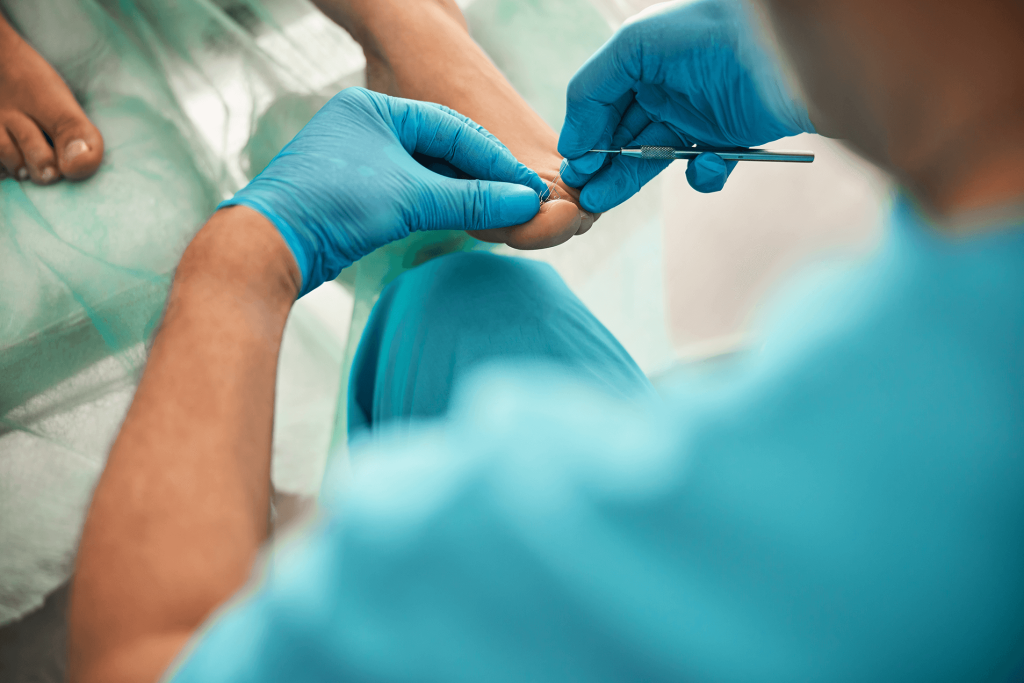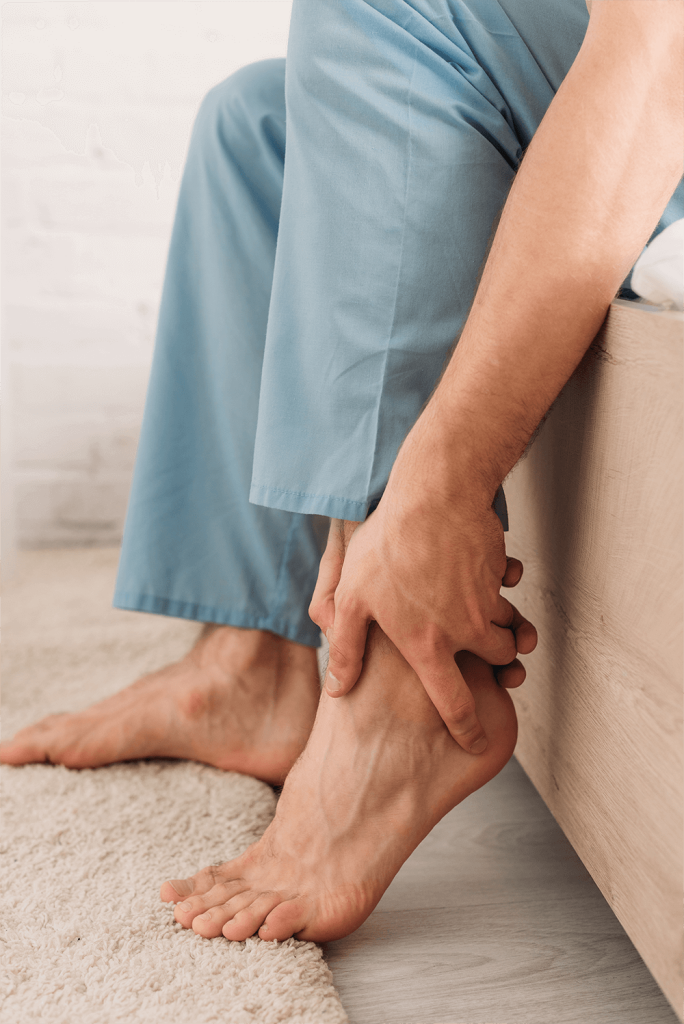Swollen feet know the causes then treat it
Painless swelling of the lower extremities, such as swollen feet, ankle, calves, and thighs, is a common problem, especially among the elderly. It usually occurs as a result of fluid buildup in them. It can also affect both legs, affecting the calf muscles or even the thighs. Common causes of swollen feet Swollen feet often occur due to: Standing or sitting for long periods. This is caused by gravity, which naturally pulls water into your legs and feet. Weak valves in the veins in the legs (venous insufficiency) that make it difficult for blood to return to the heart and lead to fluid buildup in the legs. Having some diseases such as congestive heart failure, lung diseases, liver, kidneys, and thyroid gland. Taking some medications such as medications that some blood pressure medications or birth control pills or antidepressants or stimulants. Pregnancy Because your body retains more fluid during pregnancy, hormonal changes also play a role. Eating a lot of salty foods. Overweight Ankle sprain or strain Insect bite or sting As you have noticed, the reasons range from simple reasons that can be overcome with some changes in your life system to major problems that need to consult a doctor immediately, so you will need to visit the hospital if you have leg swelling with any of the following signs or symptoms: Chest pain Breathing difficulties Shortness of breath with exertion or lying-in bed Fainting or dizziness Coughing up blood or if the swelling It occurred unexpectedly and for no apparent cause Caused by a bodily injury such as a fall, a sports injury, or a motor vehicle accident Occurs in one leg and is painful or accompanied by cold and pale skin Tips Placing a pillow under your legs when lying down may reduce swelling associated with fluid buildup. Walking or doing light exercises to improve blood circulation. Wear comfortable, low-heeled shoes Foot care Avoid standing or sitting for long periods If you need to stand or sit for long periods, give yourself frequent breaks and move around unless movement causes pain. Reduce the amount of salt in your diet. Wear elastic compression stockings, but avoid tights around the top. Take medicines prescribed by the doctor and do not stop them without talking to him even if you suspect that they will cause swelling. Consult a pharmacist to prescribe an analgesic for the pain associated with the swelling. Additional tips for pregnant women Sleeping on the left side because this reduces pressure on the veins that return blood to your heart. Wearing compression stockings, but after consulting your physician. Standing or walking in the pool, some researches indicate the role of water pressure in obtaining temporary relief from swelling during pregnancy. Wear loose-fitting clothing because tight clothing can restrict blood flow. Treatment After making certain lifestyle changes, such as reducing weight or eating a low-salt diet, the swelling will often go away on its own. But you may need to see a doctor if the condition does not improve within a few days.
Swollen feet know the causes then treat it Read More »
